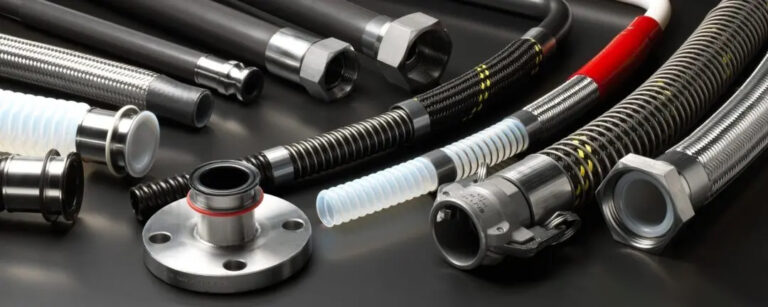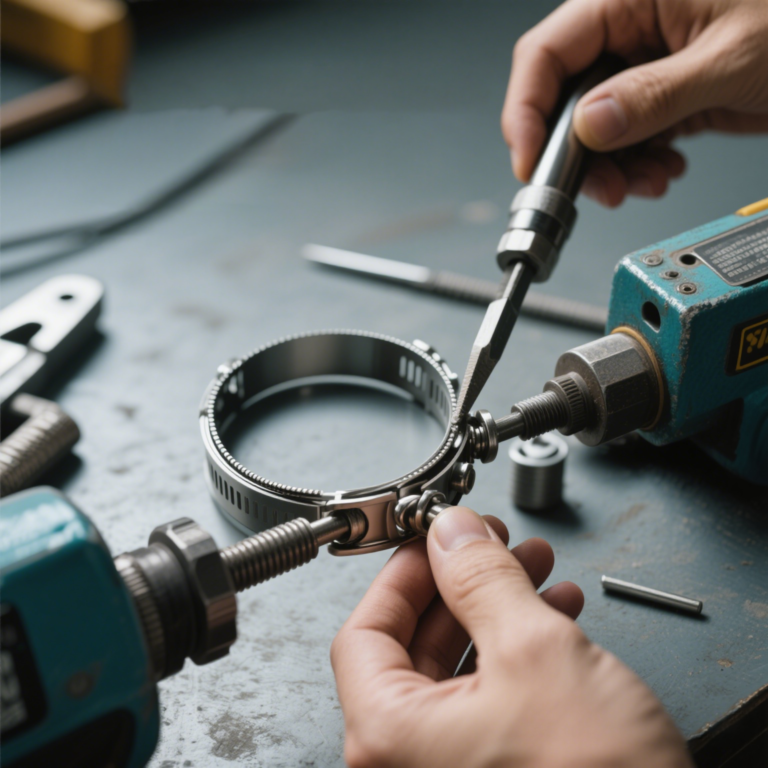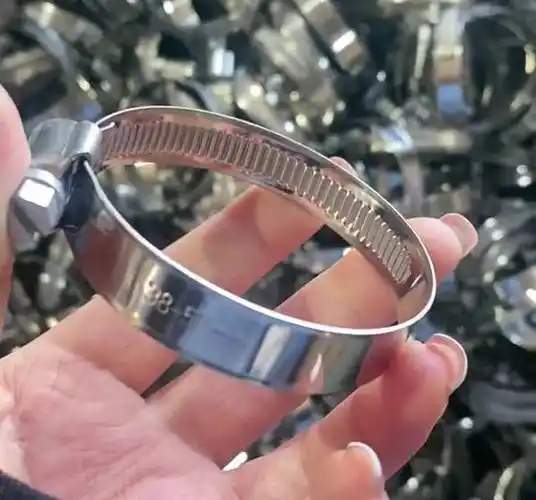Can i use a hose clamp on cv boot
CV boots (Constant Velocity Boots) are important components in the automotive transmission system, and are mainly used to protect the…
CV boots (Constant Velocity Boots) are important components in the automotive transmission system, and are mainly used to protect the CV Joint from external pollutants such as dust, sand, and water. CV boots are usually made of rubber or thermoplastic elastomers, which have certain flexibility and wear resistance. However, due to the harsh working environment, CV boots may become damaged or loose, and some car owners or maintenance personnel may consider using hose clamps to fix or repair the boots. This article will explore the feasibility of using hose clamps on CV boots, analyze the problems that may be encountered, and provide corresponding solutions.
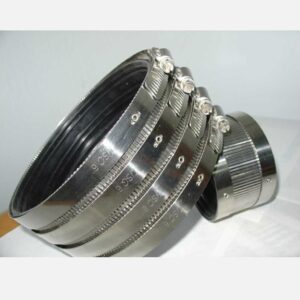
1. Function and structure of CV dust cover
1. The role of CV dust cover
The main role of CV dust cover is to protect the constant velocity joint from external contaminants. The constant velocity joint is a key component in the vehicle transmission system, responsible for transmitting the power of the engine to the wheels, while allowing the wheels to maintain a constant speed during steering and suspension movements. If the CV dust cover is damaged or ineffective, contaminants such as dust, sand and water will enter the constant velocity joint, causing contamination and loss of grease, which in turn accelerates the wear of the constant velocity joint and ultimately leads to failure of the transmission system.
2. Structure of CV dust cover
CV dust cover is usually made of rubber or thermoplastic elastomer, which has good flexibility and wear resistance. One end of the dust cover is fixed to the transmission shaft, and the other end is fixed to the housing of the constant velocity joint. The inside of the dust cover is usually filled with grease to reduce the friction and wear of the constant velocity joint.
2. Feasibility analysis of using hose clamps on CV dust cover
1.The role of hose clamps
Hose clamps are a common fastener that is usually used to fix hoses or pipes to prevent them from loosening or falling off. Hose clamps are usually made of metal (such as stainless steel) or plastic, and have good strength and corrosion resistance.
2. The feasibility of using hose clamps on CV dust covers
In some cases, car owners or maintenance personnel may consider using hose clamps to fix CV dust covers, especially when the dust covers are loose or damaged. The original intention of using hose clamps is to prevent the dust covers from falling off or further damage by adding additional fastening force. However, whether hose clamps can be used on CV dust covers needs to be analyzed from the following aspects:
1. Material of the dust cover
CV dust covers are usually made of rubber or thermoplastic elastomers, which have certain flexibility and elasticity. The tightening force of the hose clamp may cause certain pressure on the material of the dust cover, especially after long-term use, which may cause the dust cover to deform or break.
2. Working environment of the dust cover
CV dust covers work in harsh environments and are often exposed to conditions such as high temperature, low temperature, mud and water. The material and design of the hose clamp need to be able to adapt to these extreme conditions, otherwise it may cause corrosion or failure of the hose clamp.
3. Installation position of the dust cover
The installation position of the CV dust cover is usually narrow and surrounded by other components (such as drive shafts, suspension systems, etc.). When using the hose clamp, it is necessary to ensure that the hose clamp does not interfere with other components, otherwise it may cause wear or damage to the components.
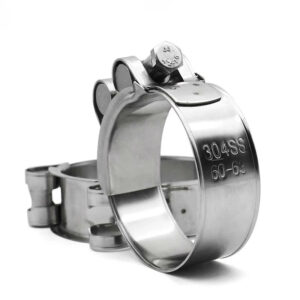
3. Potential Problems with Using Hose Clamps
While using hose clamps can temporarily solve the problem of a loose or broken CV boot in some cases, it can also create some potential problems:
1. Deformation of the dust cover
The tightening force of the hose clamp may cause the dust cover to deform, especially after long-term use. The deformation of the dust cover may affect its sealing performance, causing pollutants such as dust, sand and water to enter the constant velocity joint.
2. Corrosion of the hose clamp
If the hose clamp material used is not corrosion-resistant, it may corrode in a harsh working environment, causing the hose clamp to fail. The failed hose clamp may fall off, causing the dust cover to loosen or fall off.
3. Interference with other components
If the hose clamp is not installed in the right position, it may interfere with other components, causing wear or damage to the components. For example, the hose clamp may rub against the drive shaft or suspension system, causing wear of the components.
3. Solution of using hose clamp on CV dust cover
Although using hose clamps on CV boots can be problematic, they can still be a temporary solution in some situations if used correctly. Here are some solutions when using hose clamps:

1. Choose the right hose clamp
Choosing the right hose clamp is the key to ensure its effective use on the CV dust cover. Hose clamps that are corrosion-resistant, strong and of the right size should be selected. Hose clamps made of stainless steel usually have good corrosion resistance and strength and are suitable for use in harsh working environments.
2. Control the tightening force of the hose clamp
When using the hose clamp, its tightening force should be controlled to avoid deformation of the dust cover caused by overtightening. A torque wrench can be used to ensure that the tightening force of the hose clamp is moderate, which can fix the dust cover without causing excessive pressure on it.
3. Check the status of the hose clamp regularly
After using the hose clamp, its status should be checked regularly to ensure that it has not corroded or loosened. If the hose clamp shows signs of corrosion or looseness, it should be replaced or re-tightened in time.
4. Avoid interference with other components
When installing the hose clamp, ensure that it does not interfere with other components. Friction with other components can be avoided by adjusting the installation position of the hose clamp or using hose clamps of different sizes.

5. Consider replacing the dust cover
Although the hose clamp can be used as a temporary solution, if the CV dust cover is severely damaged or aged, it is recommended to replace it with a new one in time. Replacing the dust cover can not only completely solve the problem, but also avoid the potential risks caused by using the hose clamp.
Using hose clamps on the CV dust cover is a temporary solution that can fix the dust cover to a certain extent when it is loose or slightly damaged. However, using hose clamps may also cause some problems, such as deformation of the dust cover, corrosion of the hose clamps, and interference with other components. Therefore, when using hose clamps, you should choose a suitable hose clamp, control its tightening force, and check its status regularly. If the CV dust cover is severely damaged or aged, it is recommended to replace it with a new one in time to ensure the normal operation of the transmission system.
While hose clamps can temporarily solve CV boot problems in some cases, replacing the boot with a new one is a more reliable and safer option in the long run.


